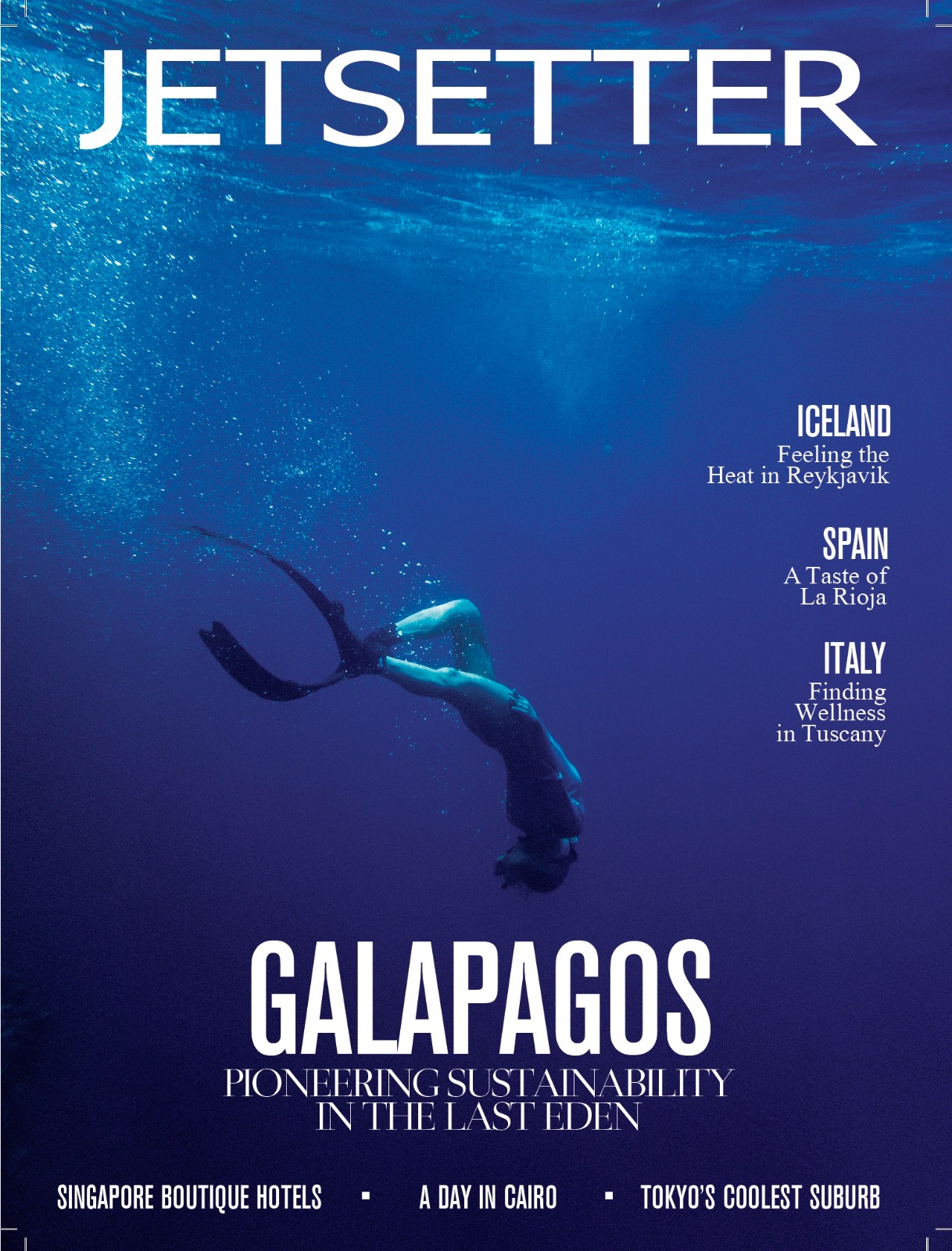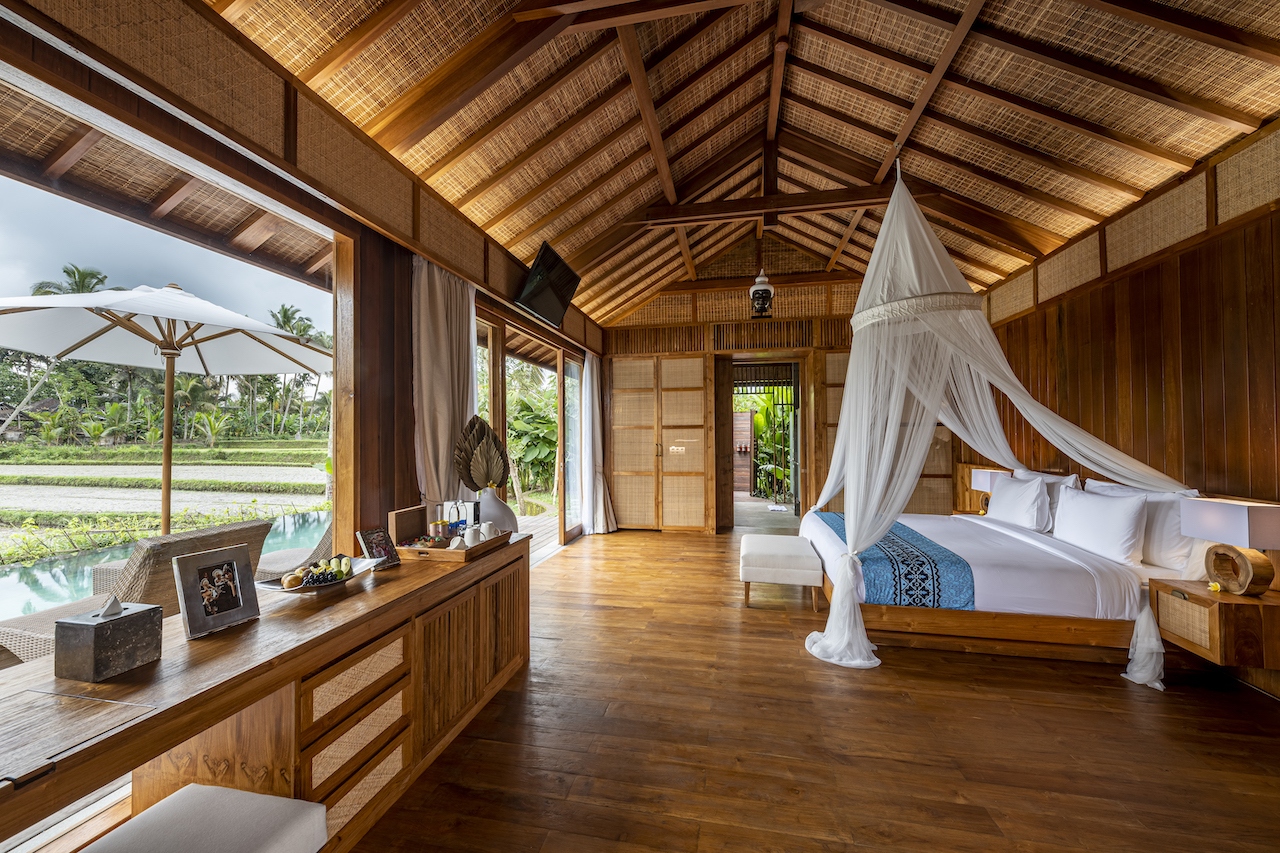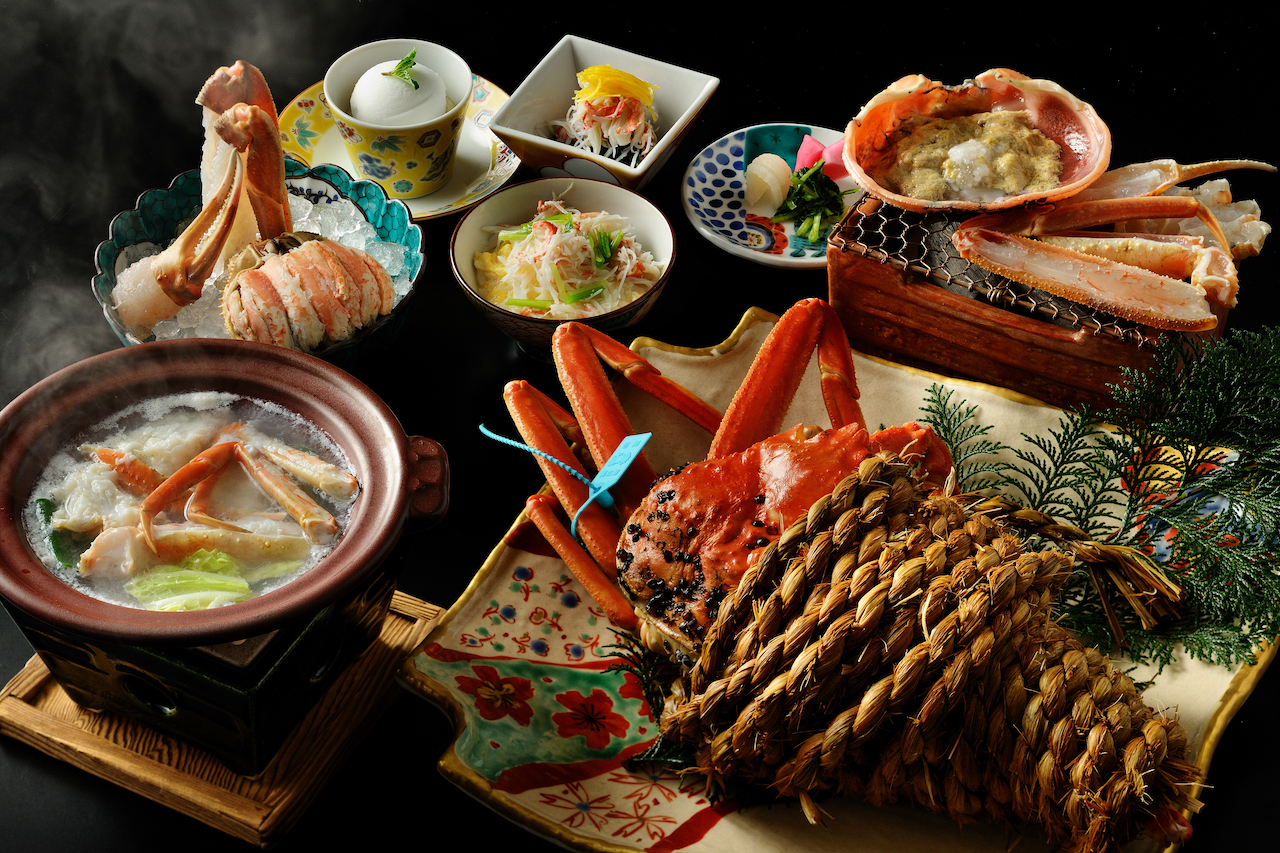

Delve into the timeless tradition of Japanese Kaiseki dining to learn the importance of culture, seasonality and provenance.
Ryokan are Japanese-style inns that feature traditional tatami-matted rooms with futon beds and a communal bath. They’re places to relax while wearing a yukata, and where you can experience Japanese hospitality at its finest.
The origins of ryokan date back to the eighth century when Buddhist monks set up lodging to facilitate pilgrims on their journey and today, they’re found all over Japan, especially in hot spring areas.
READ: Shisui, A Luxury Collection Hotel, Opens in Nara
Described as Japanese haute cuisine, kaiseki-ryōri is a traditional multi-course meal served at ryokan. Incorporating seasonal ingredients and local specialties, the immaculate presentation of plated dishes with attentive service makes for a multisensory experience that can’t be missed when visiting Japan.

KAI is a leading brand of hot spring ryokan that offers traditional kaiseki meals at each of their establishments, taking pride in preparing exquisite dishes that exude harmony, balance, and master craftsmanship.
Autumn is the season of harvest and is considered the best time to enjoy seafood in Japan. Here are three local specialties featured in kaiseki meals at KAI that will leave a lasting impression:
Oma Tuna, the Pinnacle of Tuna Quality
Located in the historic city of Hirosaki in Northern Japan’s Aomori Prefecture, KAI Tsugaru is where you can admire the changing seasons from apple-scented baths fed by Owani Hot Spring and indulge in kaiseki featuring Oma tuna, a local delicacy known as the “black diamond”.
READ: Chalet Harmony Opens in Méribel
The secret of Oma tuna’s deliciousness lies in the high-quality waters of the Tsugaru Strait, an area where three ocean currents meet, creating an environment rich in sea life. In the autumn and winter, tuna migrating northward feast on the abundance of oily fish and squid which attributes to its rich, healthy fat content.
From autumn to winter, when Oma tuna is at its freshest, KAI Tsugaru will offer a special dinner course to enjoy the famed fish in a variety of ways, from its purest form in sashimi to nigiri sushi that will melt in your mouth, and finally a “Negima” hot pot infused with scallions and tuna.
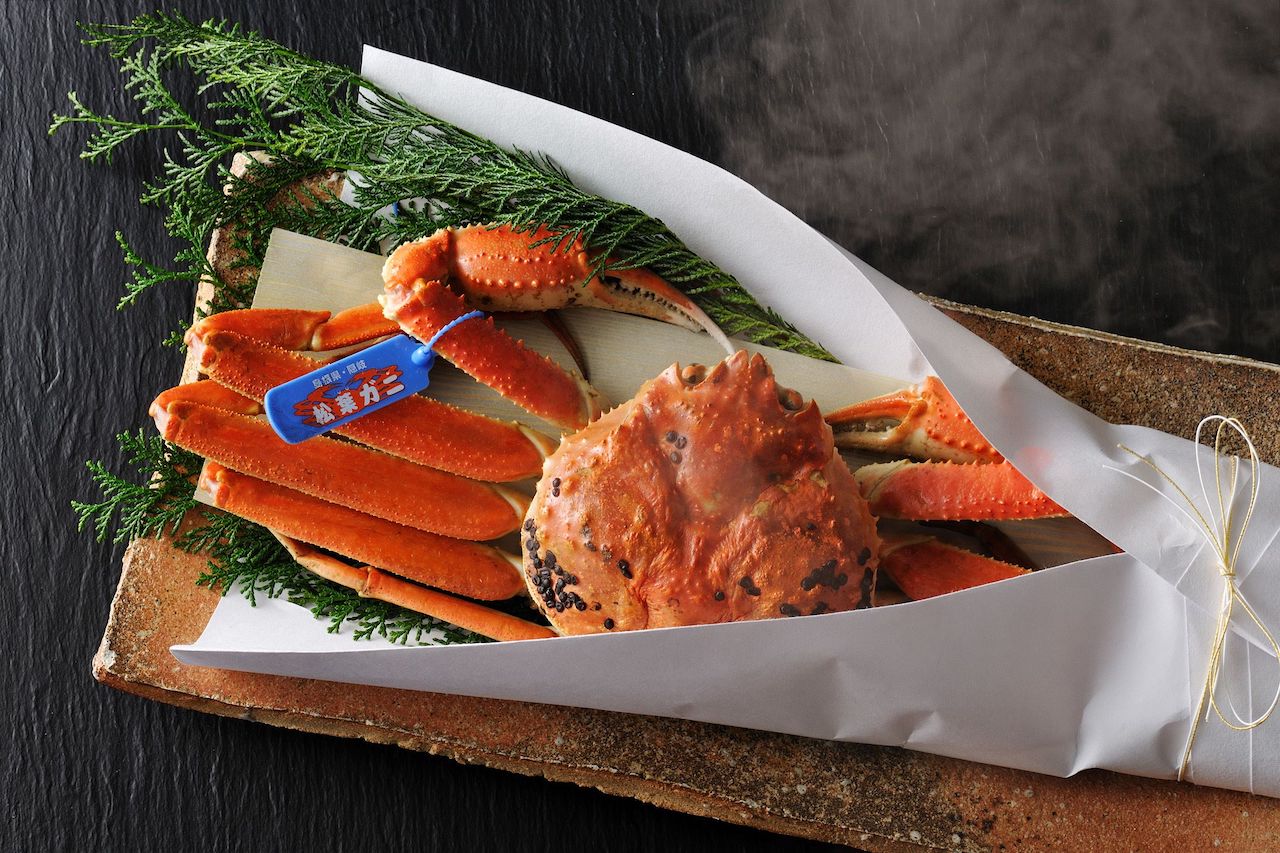
Fresh Snow Crab From the Sea of Japan
The snow crab fishing season is designated between 6 November until 20 March each year by a decree of the Ministry of Agriculture, Forestry, and Fisheries, so dishes that require fresh snow crab can only be relished during this period.
In various fishing ports along the Sea of Japan, the crab fishing boats getting ready at night on the 5th to set sail at 12:00 AM on the 6th is a sight to remember. KAI has three locations in the Sea of Japan area that offer kaiseki meals with unique methods of cooking fresh crabs caught during the fishing season.
READ: Sergio Herman to Open in Tokyo
Revered as the God of wealth and abundant harvests, Daikoku-sama is often depicted on bales of rice straw with a large sack on his back and a wooden mallet in his hand. KAI Izumo’s method of steaming whole snow crabs wrapped in rice straw is a nod to Daikoku-sama so guests can appreciate both the local folklore and natural flavour of the crab which steaming helps to retain.
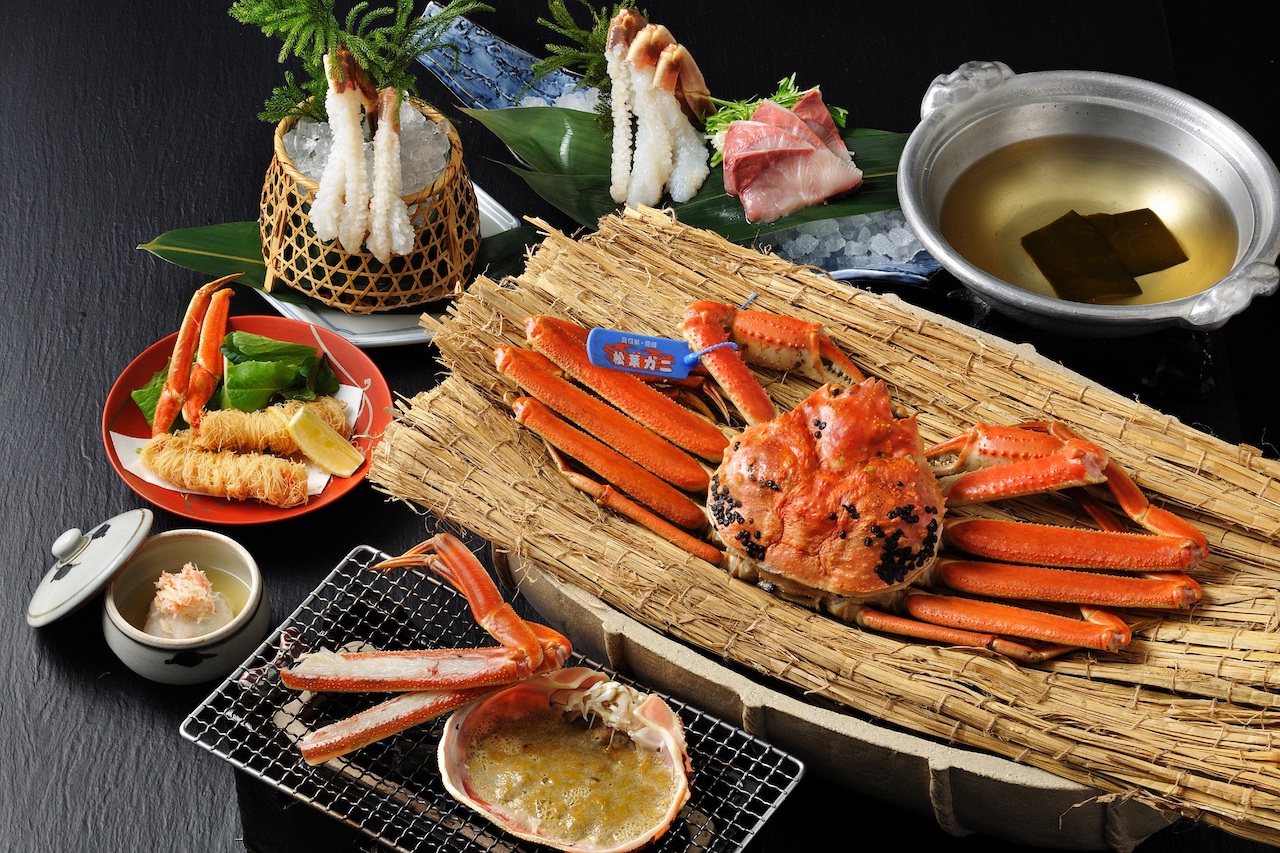
KAI Tamatsukuri utilises a local cooking technique believed to have been favoured by the 7th generation lord of the Matsue domain during the Edo period. The method wraps a large snow crab completely in housho paper which is steamed with a cedar plank. As the steam gradually moistens the paper, the heat from the crab is evenly retained, resulting in juicy and tender crab meat.
Old literature has revealed a method called “Kani no Meyaki” in which crabs were steamed using the residual heat of a hearth. It is said that by tying ropes around the crabs, it prevented the ashes from sticking to them. Inspired by this technique, KAI Kaga developed a cooking method where fresh crabs are tied with ropes that are soaked in salt water before steaming. Unlike direct steaming, indirect heating through the ropes allows the crab to retain its moisture, creating a more succulent meal.
READ: Waew Brings a Flavour of the Med to Trisara
A Mountain’s Abundance of Wild Game
Situated amongst a landscape of beautifully terraced rice fields in Southern Japan’s Oita Prefecture is KAI Yufuin, a restful hot spring ryokan where guests can enjoy the open sky as they relax in the outdoor baths fed by the Yufuin Hot Springs.
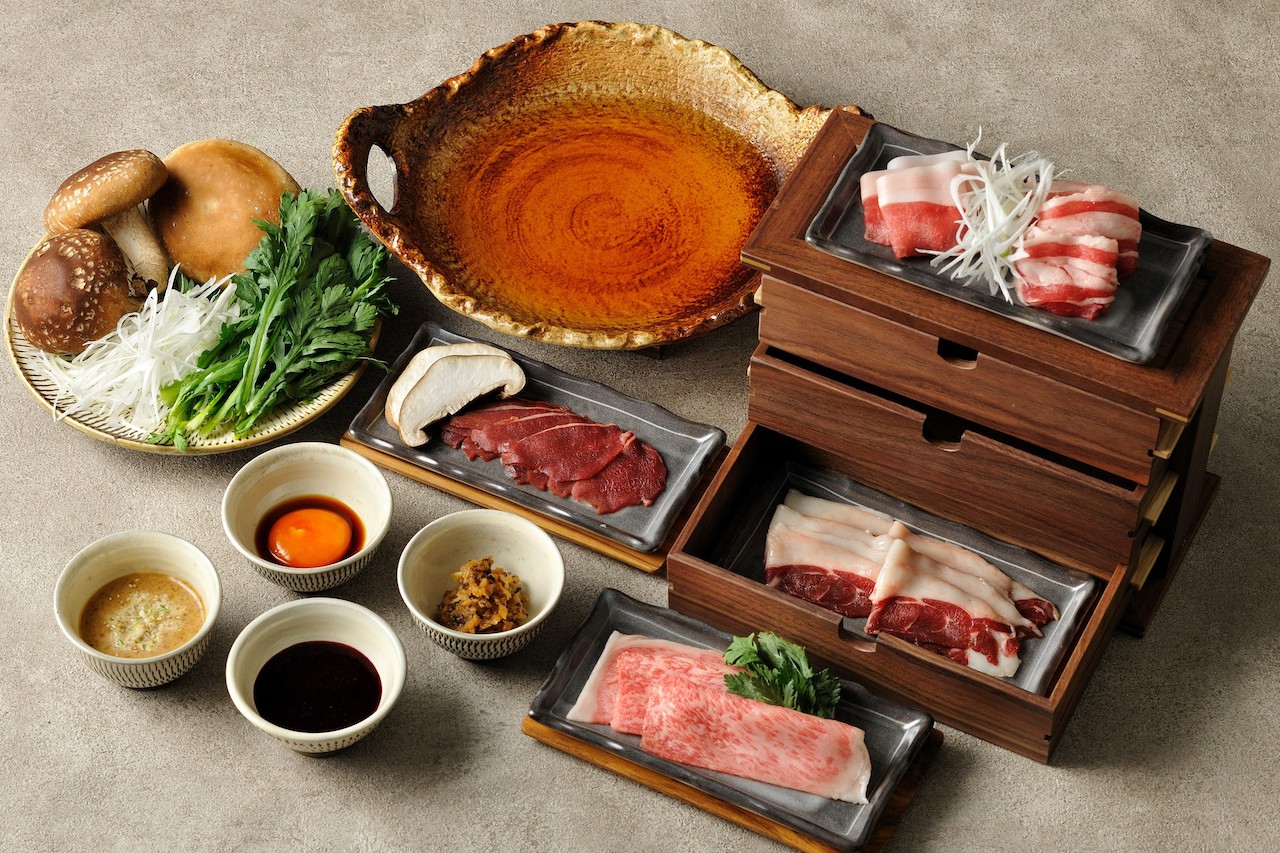
KAI Yufuin feels like a traditional farmhouse thanks to its spacious wraparound veranda and kaiseki dishes featuring game meat and deeply flavourful vegetables grown throughout the geothermal region.
KAI Yufuin offer an exclusive special dinner in winter featuring shabu-shabu, a hot pot of three local game meats—badger, deer, and boar as well as beef. The meat slices are dipped into a thick, umami-rich soup made from softshell turtles and are accompanied by four different sauces to complement each unique meat
For more Dining stories click here.






